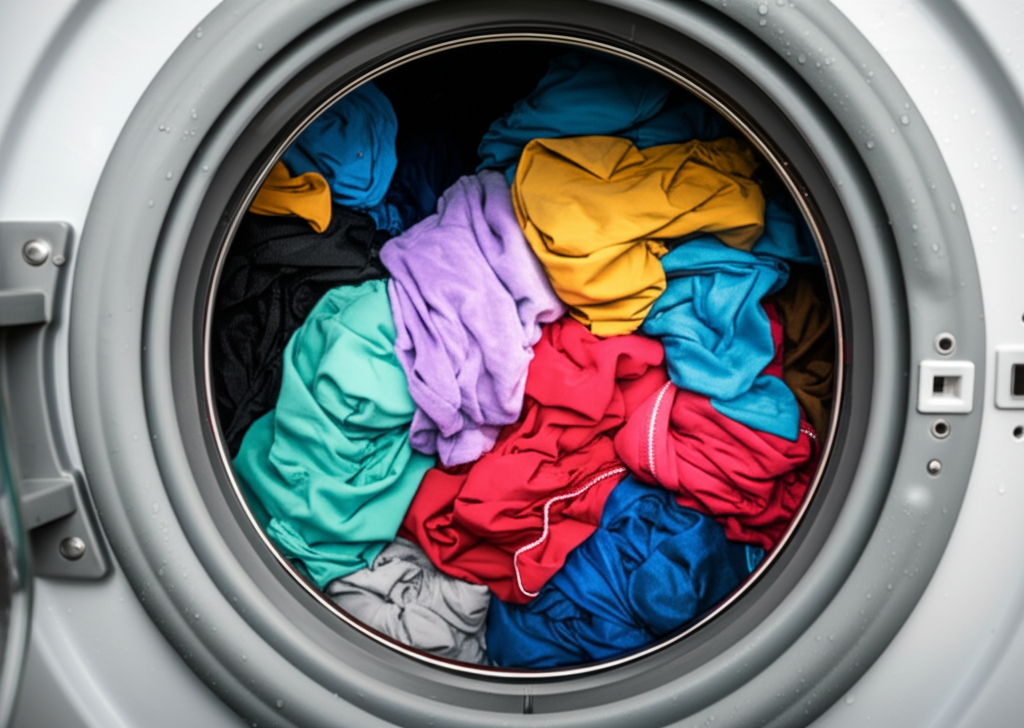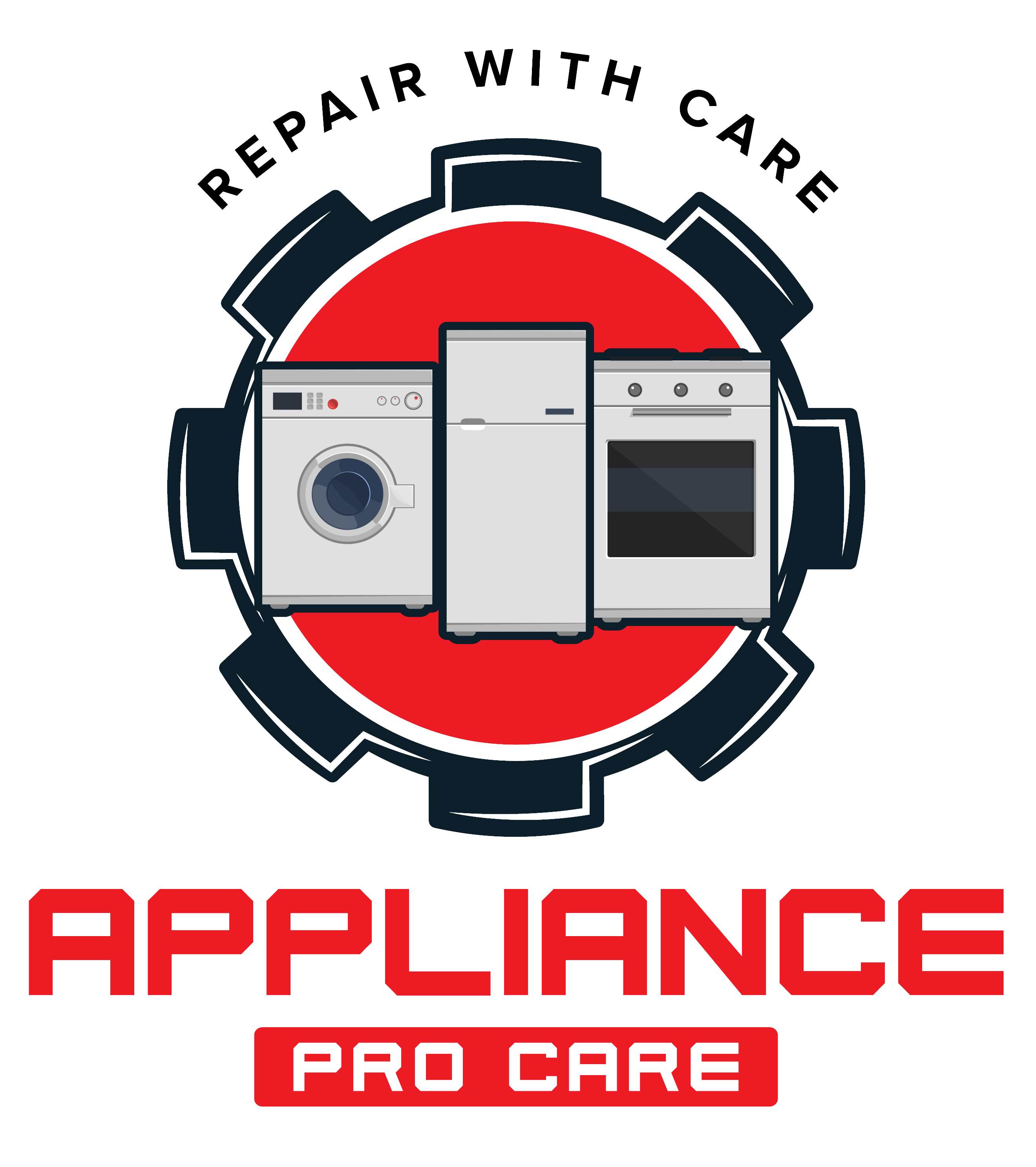
Washer Not Spinning or Draining? Here's What to Check First
A washing machine that won't spin or drain properly can quickly disrupt your household routine. Before you call for professional service, there are several troubleshooting steps you can take that might resolve the issue—or at least help you understand what's wrong. At Appliance Pro Care, we've repaired thousands of washing machines throughout Greater Boston and the South Shore, and we've compiled this guide to help you identify common problems.
Check for an Unbalanced Load
One of the most common reasons a washer won't spin is an unbalanced load. Modern washing machines have safety features that prevent spinning when they detect an imbalance.
Solution: Open the washer and redistribute the clothes evenly around the drum. For heavy items like blankets or jeans, try adding a few towels to balance the load.
Inspect the Lid Switch or Door Lock
Top-loading washers have a lid switch that prevents the machine from spinning when the lid is open. Front-loading washers have door locks that serve the same purpose.
Solution: Make sure the lid or door is completely closed. Listen for a click that indicates the switch or lock has engaged. If you don't hear it, the switch or lock mechanism might be faulty.
Check for Drain Hose Issues
If your washer isn't draining, it won't enter the spin cycle. This could be due to a kinked, clogged, or improperly installed drain hose.
Solution: Inspect the drain hose for kinks or bends. Ensure it's properly inserted into your home's drainage system and that it's not pushed in too far, which can cause siphoning issues. If you suspect a clog, disconnect the hose and check for obstructions.
Examine the Drain Pump Filter
Many washing machines, especially front-loaders, have accessible drain pump filters that can become clogged with coins, buttons, or other small items.
Solution: Locate the drain pump filter (usually behind a small door at the bottom front of the machine). Place a shallow pan and towels underneath, then slowly unscrew the filter to clean it. Be prepared for some water to come out.
Check for Excessive Suds
Using too much detergent or the wrong type can create excessive suds, which can prevent proper draining and spinning.
Solution: If you see excessive suds, run a rinse and spin cycle without detergent. For future loads, use high-efficiency (HE) detergent if your washer requires it, and follow dosing instructions carefully.
Inspect the Drive Belt
In belt-driven washers, a broken or loose drive belt can prevent the drum from spinning.
Solution: This typically requires opening the washer cabinet, which we only recommend if you're comfortable with appliance repair. Look for signs of wear, damage, or looseness in the belt.
When to Call Appliance Pro Care
While some issues can be resolved with DIY solutions, many appliance problems require professional attention.
Our expert technicians are equipped to handle complex repairs that might be unsafe or difficult to address on your own.
Need help? Book your appliance repair today.
Our expert technicians are ready to diagnose and fix your appliance issues quickly and efficiently.
Request Service Now